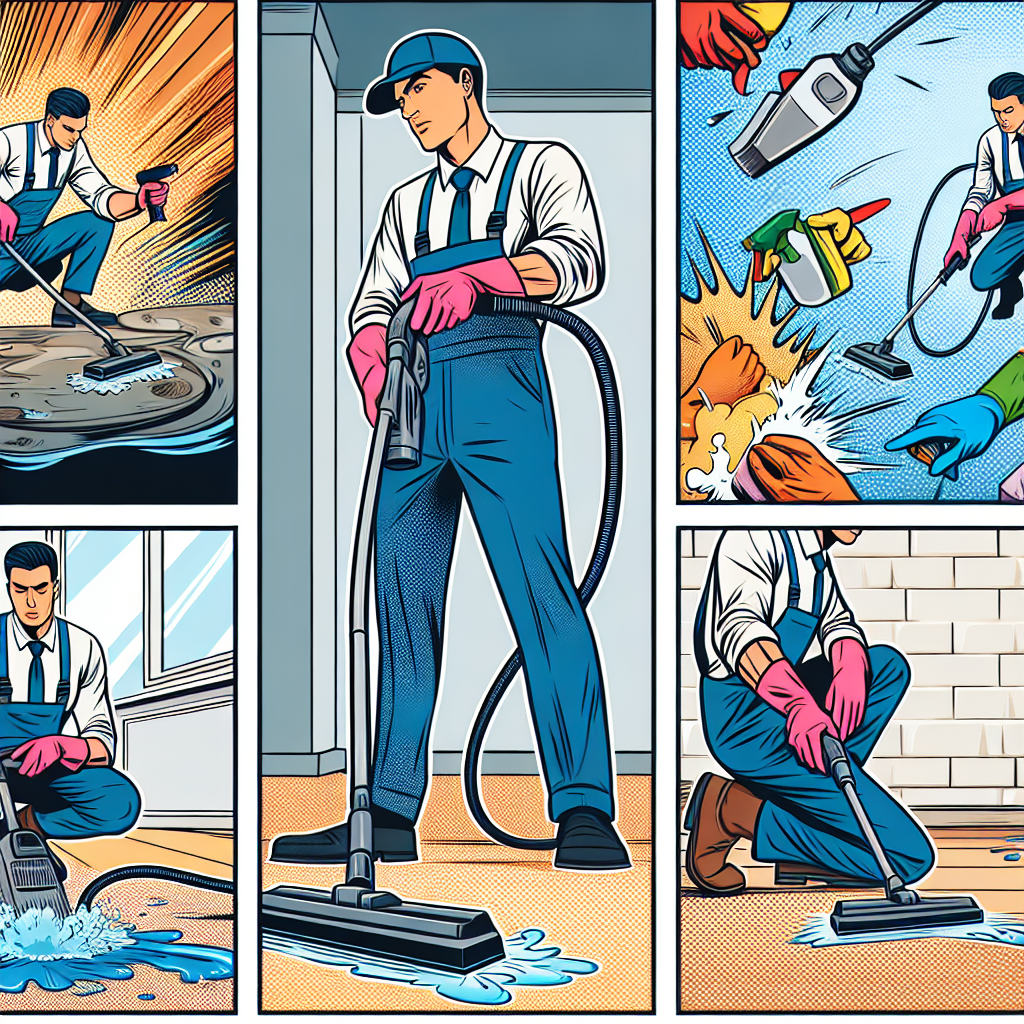Understanding Stubborn Stains
Before diving into the cleaning process, it's crucial to understand what makes a stain stubborn. Stubborn stains are typically caused by substances that penetrate deep into surfaces, making them challenging to remove with regular cleaning methods. Common culprits include oil-based stains, ink, wine, and rust.
The Science of Stain Removal
Successful stain removal is a blend of art and science. Understanding the chemical composition of the stain and the surface it has adhered to is key to choosing the right cleaning agents and methods. For example, water-based stains require different treatment compared to oil-based stains due to their molecular differences.
- Conduct a spot test before applying any cleaning solution to ensure compatibility with the surface.
- Use pH-specific cleaners to target different types of stains effectively.
- Consider the porosity of the surface when selecting cleaning agents to prevent damage.
Tools of the Trade
Equipping yourself with the right tools is half the battle won when it comes to tackling stubborn stains. Here are some essential tools every cleaning professional should have in their arsenal:
- Stiff-bristled brushes for agitating the stain and loosening its grip on the surface.
- Microfiber cloths for gentle yet effective cleaning without scratching delicate surfaces.
- White vinegar for its natural acidic properties that can dissolve many types of stubborn stains.
Targeted Stain Removal Techniques
When faced with a stubborn stain, a one-size-fits-all approach rarely works. Tailoring your cleaning techniques to the specific type of stain is essential for effective removal. Here are some targeted stain removal techniques for common stubborn stains:
- Oil-Based Stains: Use a degreaser or a mixture of baking soda and water to break down the oil and lift it from the surface.
- Ink Stains: Blot the stain with rubbing alcohol or a specialized ink remover before washing with a mild detergent.
- Wine Stains: Sprinkle salt over the stain to absorb the wine, then rinse with cold water and apply a mixture of hydrogen peroxide and dish soap.
- Rust Stains: Use a rust remover containing oxalic acid to dissolve the rust without damaging the surface.
Time is of the Essence
Dealing with stains promptly is crucial to prevent them from becoming stubborn and deeply ingrained in surfaces. The longer a stain sits, the harder it becomes to remove. Encourage your clients to report spills and stains promptly to tackle them before they become a cleaning challenge.
Persistence Pays Off
Removing stubborn stains requires patience and persistence. It may take multiple attempts and different cleaning methods to fully eliminate a stubborn stain. Don't be discouraged if the stain doesn't vanish after the first try ??? keep refining your approach until you achieve success.
Conclusion
Conquering stubborn stains is a rewarding challenge that showcases your expertise and dedication to delivering exceptional cleaning results. By understanding the science behind stains, equipping yourself with the right tools, and employing targeted cleaning techniques, you can tackle even the most stubborn blemishes with confidence and finesse.



